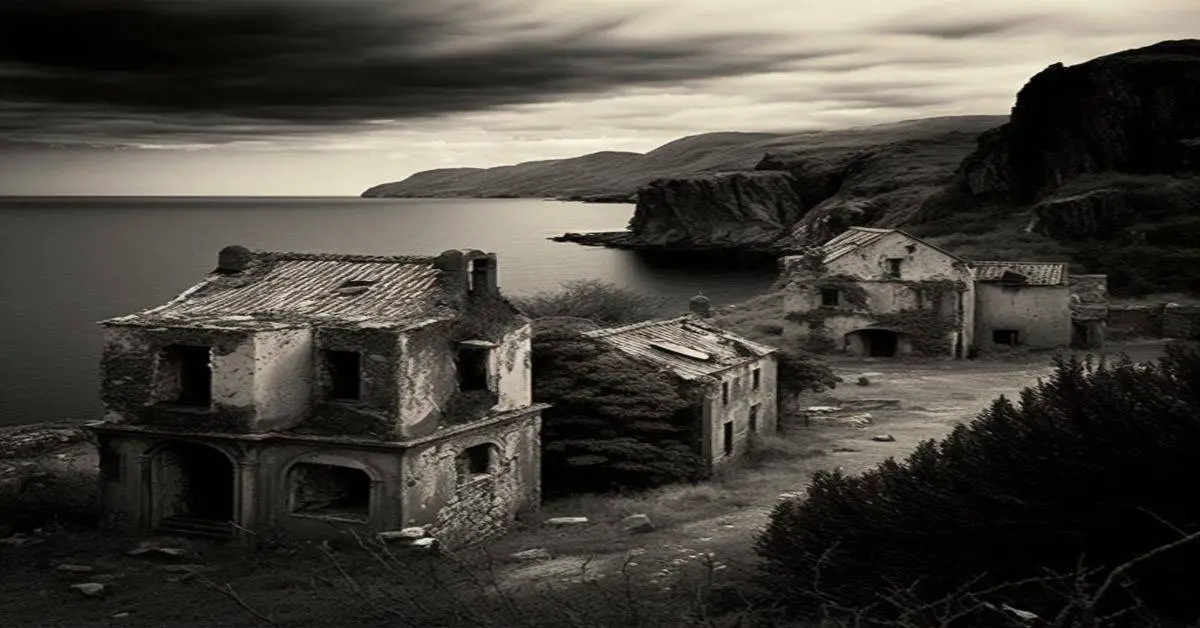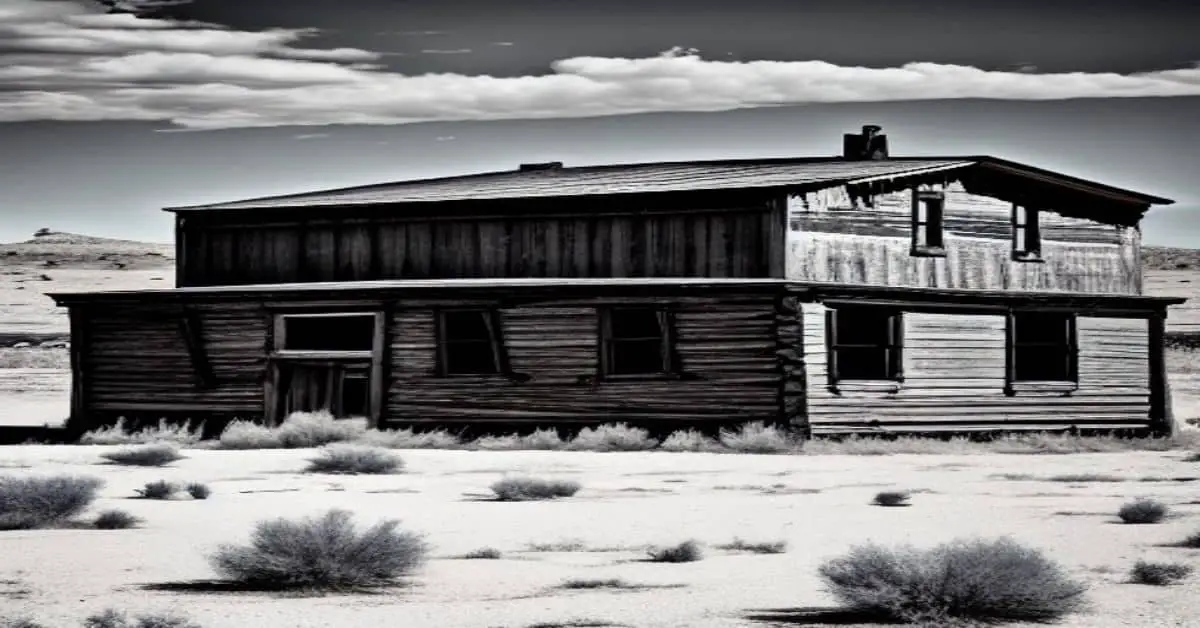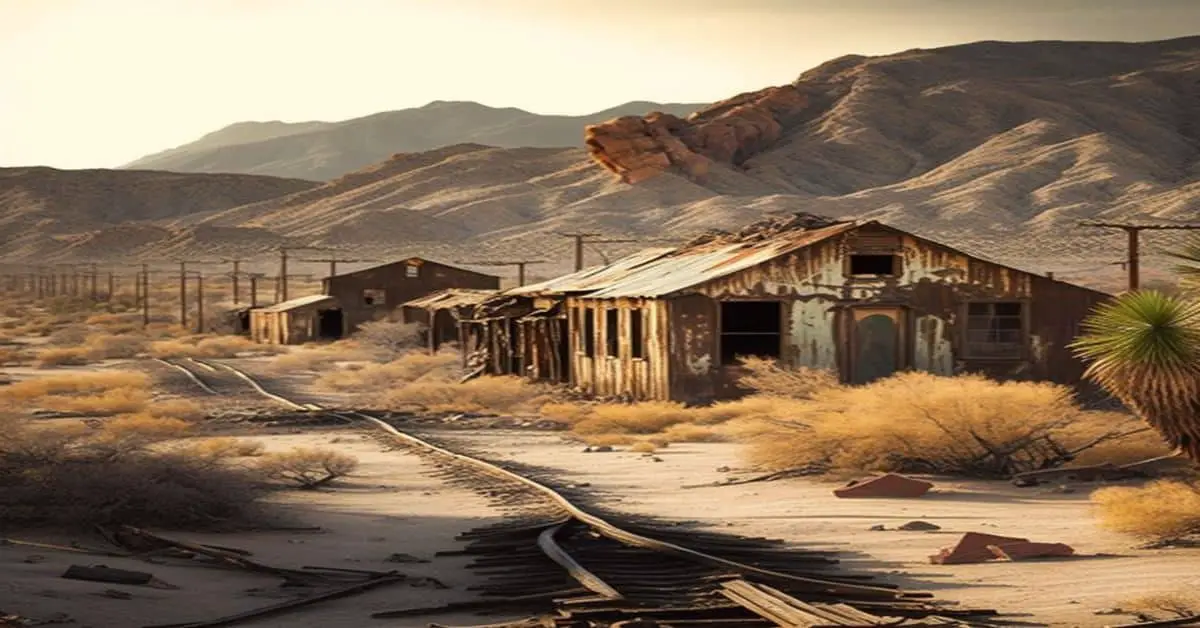Cochise, a semi-ghost town in Cochise County, Arizona, stands as a testament to the past, a reminder of what once was. Once a bustling stop on the Southern Pacific Railroad in the 1880s, Cochise served as an essential source of coal and water, supporting a population of over 3000 people.
However, with the decline of the railroad industry, the town’s need diminished, and its population dwindled to under 50 people. Despite this, Cochise still boasts many of its original buildings, and the hotel is open to the public full of great antiques.
Cochise’s story is one of boom, bust, and rise and fall. Its history is a fascinating tale of a town once a vital hub of activity, providing essential services to the railroad industry, but whose relevance has long been extinguished.
Today, Cochise is a semi-ghost town frozen in time, where the past is preserved in its original buildings and artifacts. While trains no longer stop in Cochise, they still roar through, making it a fascinating place to visit during the summer or fall.
In this article, we will explore the history, population, and current status of this semi-ghost town, as well as its attractions and remains, providing readers with a glimpse into the past and present of Cochise.
Key Takeaways
- Cochise County, Arizona was created in the 1880s as a fuel stop on the Southern Pacific Railroad and supported a population of over 3000 people.
- The decline of the railroad industry led to a decrease in the town’s need, resulting in a dwindling population of under 50 people.
- Despite its semi-ghost status, Cochise still boasts many of its original buildings, including a hotel full of antiques. It is home to preserved remains that provide visitors with a glimpse into its past.
- Cochise’s history is a testament to the importance of the railroad in American history and a reminder of its impact on the development of the West.
Location and History
The location and history of Cochise as a semi-ghost town with many original buildings can be traced back to its creation in the 1880s as a fuel stop on the Southern Pacific Railroad. Due to its railroad connection, this town served as a necessary stop for travelers and trains. The population of Cochise peaked around 3000 people during its heyday, but today it is home to less than 50 residents.
The historical significance of Cochise is evident through the many original buildings that still stand today. The town’s hotel, open to the public, is a treasure trove of antiques that offer a glimpse into the past.
While Cochise may no longer be a bustling town, it is a testament to the importance of the railroad in American history and a reminder of its impact on the development of the West.
Population and Current Status
With a population of under 50 residents, Cochise is a semi-ghost town that has witnessed a significant decline since its peak in the late 1800s. The town, once a bustling fuel stop on the Southern Pacific Railroad, has become a relic of a bygone era. Its semi-ghost status is primarily due to the lack of employment opportunities and economic growth in the area. As a result, many of its residents have left in search of better job prospects and a higher standard of living.
Despite its dwindling population, Cochise still holds onto its unique charm, with many original buildings still standing. The hotel, in particular, is open to the public and is full of great antiques that provide visitors with an insight into the town’s rich history.
Trains still roar through Cochise, but they no longer stop, as the need for coal and water has long been extinguished. Today, Cochise serves as a reminder of the past, a relic of a time when trains were the lifeblood of the American economy.
Attractions and Remains
One notable aspect of Cochise is the abundance of historical attractions and remains that give visitors a glimpse into its past. The town is home to many original buildings that have been preserved and offer a unique experience to those who visit.
One such attraction is the antique-filled hotel, which is open to the public and provides a glimpse into the town’s history. Visitors can explore the hotel and see the various antiques collected over the years.
Another attraction in Cochise is the train sightings. Although trains no longer stop in the town, they still roar through, providing visitors with a glimpse of the past when the trains played a significant role in the town’s development. Train enthusiasts can watch as trains pass through the town and imagine what it was like when the trains stopped and brought people and goods to the town.
Overall, Cochise offers visitors a unique experience of exploring a semi-ghost town and learn about its history through its preserved attractions and remains.
Frequently Asked Questions
What was the main industry in Cochise before it became a ghost town?
Before becoming a semi-ghost town, Cochise’s main industry was agriculture and mining. The decline of these industries contributed to the town’s population decrease from a peak of 3000 to under 50 today.
Are there any notable events or historical figures associated with Cochise?
Notable figures or events associated with Cochise are not widely known. However, the town played a role in the Apache Wars, and Cochise County was named after the legendary Apache leader. The town also served as a resting place for soldiers during World War II.
Are any unique traditions or cultural aspects of Cochise still present today?
Local traditions in Cochise are not widely documented, but efforts are being made to preserve the town’s cultural heritage. The hotel is a great example, showcasing antiques and historical artifacts to visitors.
How has the landscape surrounding Cochise changed since its peak population?
The landscape surrounding Cochise has undergone significant changes since its peak population, with urbanization and agriculture replacing natural habitats. This has had a detrimental impact on wildlife, resulting in habitat loss, fragmentation, and a decline in biodiversity.
Are there any efforts to revitalize or restore the town’s historical buildings?
Available sources do not mention collaborative efforts and funding sources to revitalize or restore Cochise’s historical buildings. However, the hotel is open to the public and filled with antiques, preserving the town’s history.


